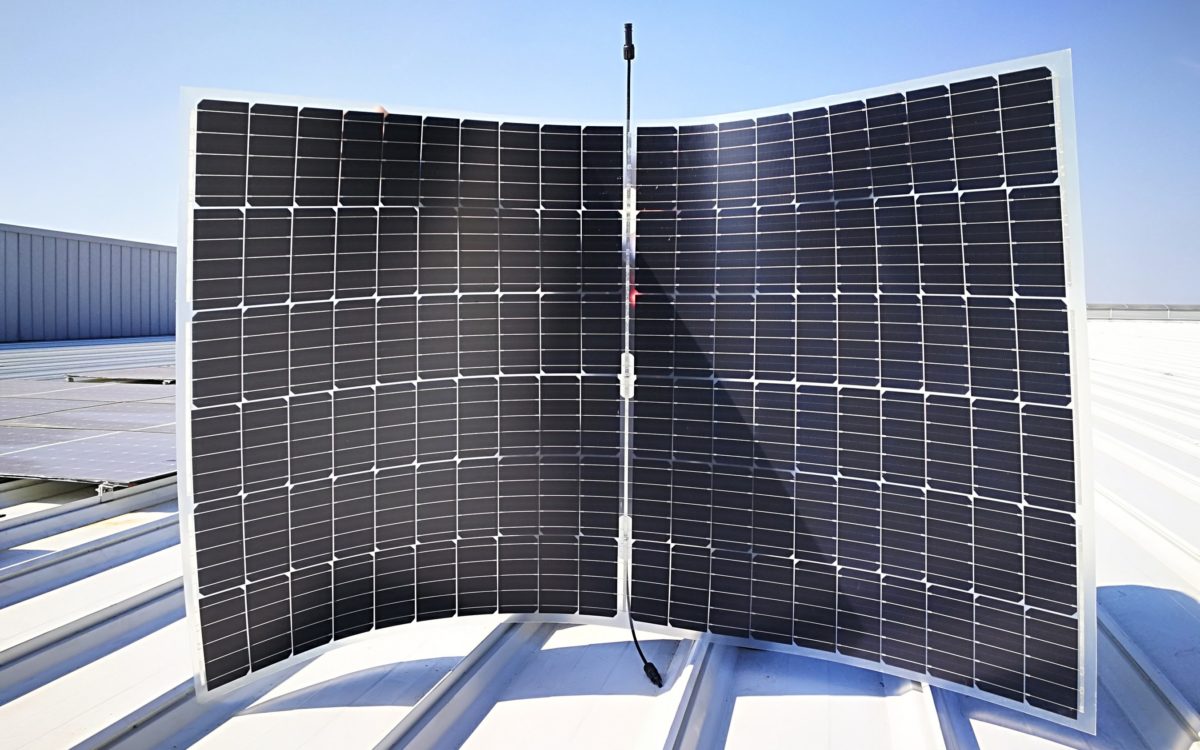Tariffs on solar panels due to the Suniva filing increased the cost of residential solar in a one year period by $236 million. Residential solar is roughly 1/5th of all solar power installed annually in the United States, suggesting near a near billion dollar a year tax. SEIA calculates that the tax butterfly effects into a cost to the U.S. more than 62,000 jobs, $19 billion in investment, and 10.5 GW in solar installations.
First off, yesterday the U.S. Court of International Trade ruled that the bifacial solar panel tariff exemption should stand. The court supported several logics, including that the rule making and rule withdrawing process might have been done incorrectly, that the filing company – solar developer Invenergy – could bear irreparable harm, that it was in the public interest, and a bit more. This last ruling is at the end of a whipsaw summer – starting with bifacial getting the exemption in June, then losing it in October, then again gaining it in November.
So what’s next?
In other hallowed federal corridors, there was a review of the solar panel import tariff. In the talk, discussions on solar cell and module factories came up, and of course jobs lost and projects missed as noted above by SEIA.
Morten Lund, Chair of the Energy Storage Initiative and is the former Chair of the Solar Energy Initiative at law firm Stoel Rives, reached out to pv magazine USA with a perspective on the business continuity side of the argument:
Under normal circumstances this would be a routine tariff review proceeding, and we would expect no particular change in course. These are not normal circumstances, however, and this hearing inserts a measure of Trump Uncertainty Factor into the solar energy market. We would certainly not expect Trump to go out of his way to soften the tariffs in any way, but it is not impossible that he will find a way to make the tariffs more onerous (by limiting exceptions, reducing stepdown, or otherwise).
This inherent uncertainty will inevitably have some negative impact on market confidence in forward module pricing. The timing of this hearing benefits the market, however—the report will not be issued to the President until next year, which means that 2019 financings will continue uninterrupted (although some ITC safe-harbor efforts may have to be recalibrated). If Trump takes action, it will likely be in the first quarter, which will allow the markets time to adjust before closing the 2020 financings.
And Lund is not the only party who considered these complexities, as Kelsey Misbrener reported in the below tweet while in attendance of the hearings. Commissioner Schmidtlein, at the end of a long discussion as to whether the tariffs had met certain technical goals – solar cell manufacturing in the United States, President Trump could extend the tariffs beyond two more years. Hanwha Q Cells – who just opened what was for about a month the largest solar module manufacturing facility in the Western Hemisphere – followed up by stating they supported that idea.
https://twitter.com/SolarKelseyM/status/1202644493876580353
This content is protected by copyright and may not be reused. If you want to cooperate with us and would like to reuse some of our content, please contact: editors@pv-magazine.com.








There’s a forest for the trees situation going on here. All one has to do is go back 15 years, when the top of the line solar PV panels were 200 watts and cost retail $5.50/watt or $1,100 a panel. Now with tariffs, one can still get solar PV with tariffs from $0.65 to $0.80/watt and are in the range of $215 to $265 per panel at an average output of 330 watts per panel.
There is still a remainder of the ITC, by next year it will reduce to 26%, then 22% the next year, then no more residential ITC. All in all, the tariffs are still dropping by about 5% a year, the ITC is still available and so far with the bifacial panel tariff exemption, still in effect. I understand when the solar panel tariffs were first announced, many solar PV installation companies bought up and warehoused panels at the lower price to keep their business flow up during an economic down turn vis-à-vis the tariff.
@John Weaver: Would you plan on doing this, buy large manufacturing runs of bifacial panels and warehouse them for near term projects in the que, or is the industry as a whole “waiting” to see what happens in next years election and the tariffs in place, what happens to them and how it would effect installations during the remaining years of the ITC?